No two brand experiences are equal. Sure, there might be similar products or services out there, but each individual solution has its own unique experience.
From shopping online, to streaming your favorite movie, or even apps we rely on to collaborate at work everyday, we're surrounded by great brand experiences constantly.
But we often don't think about how that experience relates to our unique culture, things just that feel familiar. We could be ordering from a retailer based on the other side of the globe, or playing a video game that was completely written in another language.
At the end of the day, the amazing experience is what keeps us coming back.
That's localization at work. Translating compelling brand experiences to resonate with a new audience that speaks a new language.
Five Brands That Do Localization Right
As a whole, localization is a fairly broad concept. Yet no matter the path taken the end result will be the same: an amazing experience that compels users to keep coming back.
When adapting content to a new language and region, brands have the opportunity to explore and play around with new strategies and techniques. And depending on the industry, product offering, or service that your business offers, you'll need to find the right way to localize your unique experience.
Here are some interesting examples of how brands across multiple verticals have localized their experience to resonate with a new audience.
1.The WWF: Driving awareness about Local campaigns
The World Wide Fund for Nature (WWF) has been working in the field of conservation since 1960 to protect endangered species and habitats. They offer both a great example of how we can power activism through information and knowledge, as well as how localization can benefit these awareness campaigns.
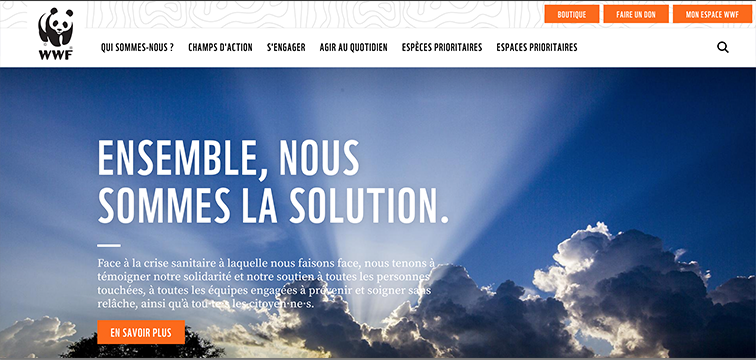
With their website and online media serving as their main touchpoint with the general public, the WWF relies on their digital footprint to spread awareness by providing direct to recent studies, reports, news, dialogues and campaigns related to conservation.
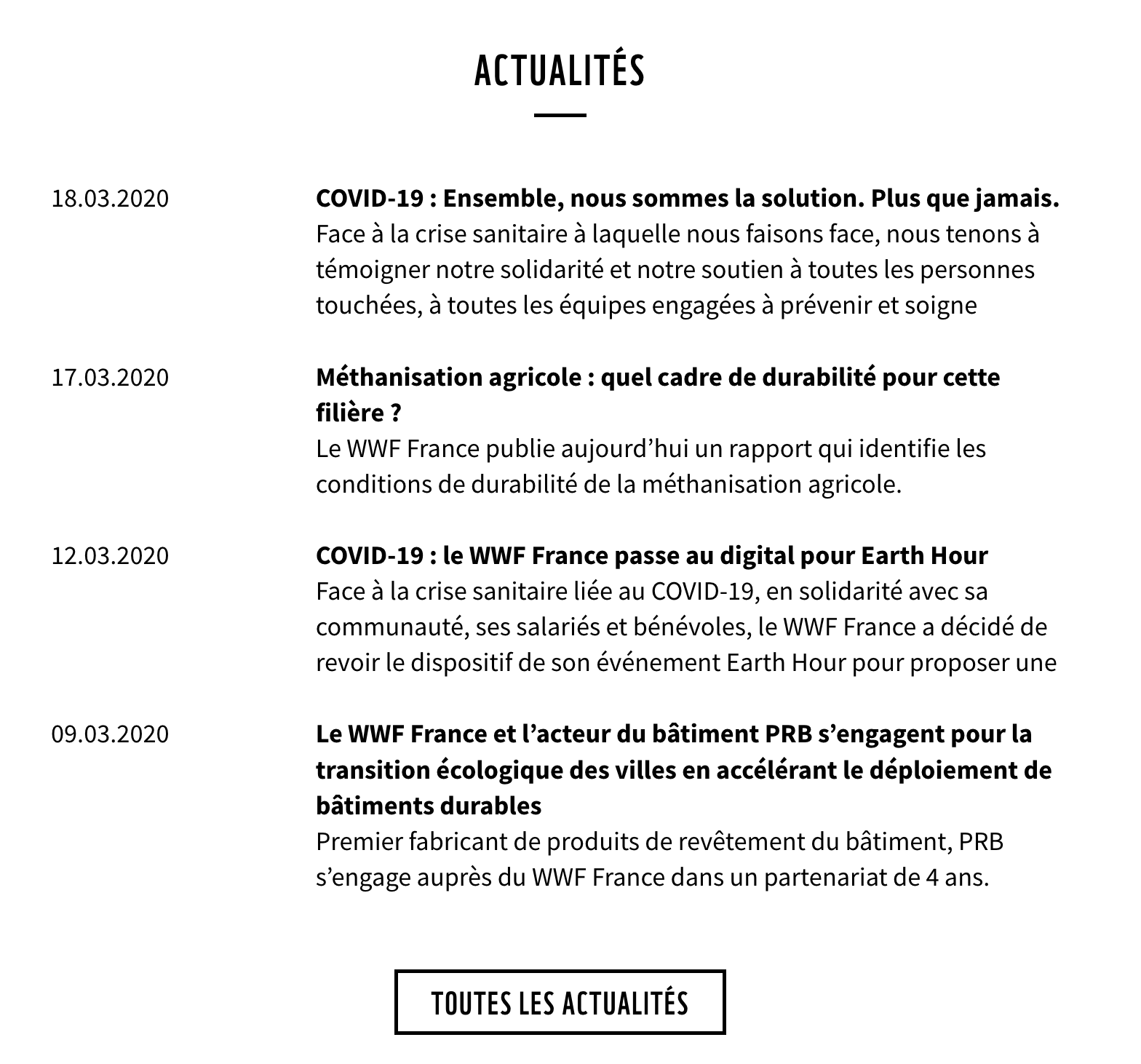
In order to engage viewers around the world, the WWF has put a lot of effort into not just translating their content, but also serving the right content to the right users. As of writing this post, visiting the U.S. version of their site provides users with a study on the declining monarch butterfly population; but visiting the Spanish page has a direct feature on Earth Hour.
The WWF is able to provide a more compelling experience with content that always feels fresh and relevant by highlighting the information that matters most to readers.
2. AirBnB: Creating authentic and personalized experiences
AirBnB has managed to spread their presence across 220 countries and disrupt the massive hospitality industry by providing a personal touch to every interaction. Travelers opt to stay in an AirBnB to capture that feeling of relaxing at home in a familiar place with the excitement of travel.
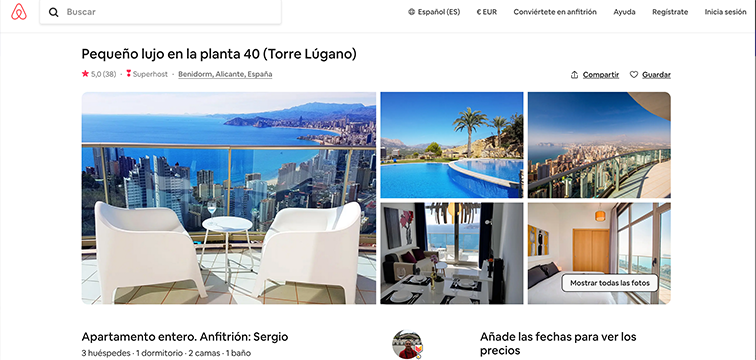
AirBnB manages to capture that authenticity throughout the experience, beyond just the concept itself. Right off the bat, their website and app are available in 62 different languages. But to really feel authentic, AirBnB has also translated the user-generated content on their site including listing information and user reviews.
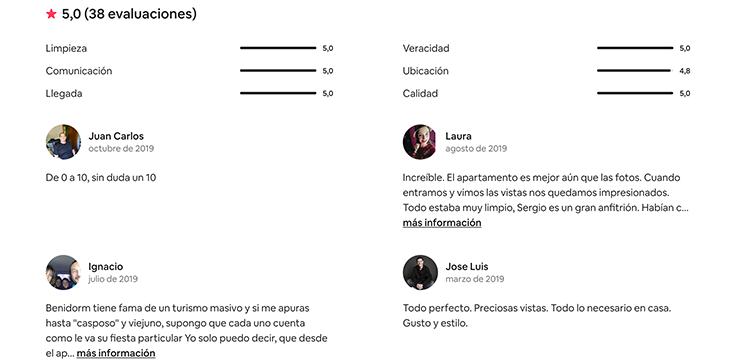
And the experience doesn't just end after you book your trip or when you arrive at your destination, because AirBnB provides localized guides for different regions, highlighting things to do and places to see -- almost like a personal tour guide.
AirBnB is leveraging localization to add in that extra level of personalization and authenticity to their experience.
3. Netflix: Creating content tailored for different regions
Netflix's experience is all about providing users with the content they want, and this theme carries throughout their platform from movie recommendations on the homepage down to translated subtitles. In fact, Netflix has become pretty well known for their localization efforts on both the developer and translation end.
They've developed both the technology and processes they need to not only translate their own apps and interfaces, but also subtitles and voice dubbing of content.
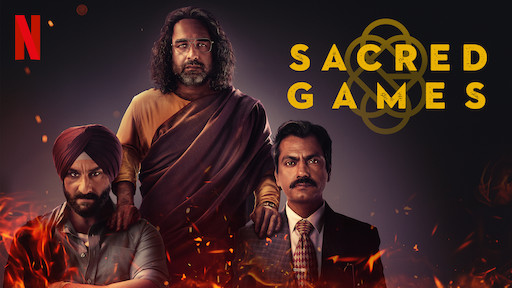
But what's more impressive is their efforts on the content creation front. We all know that Netflix has become a bit of a content giant in the last few years, producing their own original movies and series. But instead of relying on the universal appeal of American creations, Netflix creates localized content.
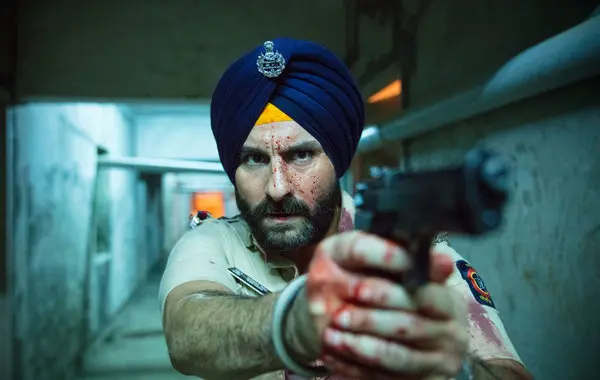
Just look at Sacred Games, their hit series in India. Set in Mumbai, the show is saturated with Indian cultural references and most of the dialogue is in Hindi. Currently the show sits at an 8.8/10 on IMDB, with 96% positive Google reviews -- if that's not telling of their success in a completely new region, then I'm not sure what.
4. Nintendo: Harmoniously designing while localizing
Nintendo is a really unique example in that it offers a direct contrast to Netflix. Instead of tailoring content for their North American audience, and redesigning parts of their game or removing ideas that might be strange to western players, Nintendo doubles down.

Gaming is an odd market in that the investment of localization must really be worth the return. The resources involved in developing, translating, adapting and testing games can be very intensive, with the end product not always delivering the experience gamers have come to expect.
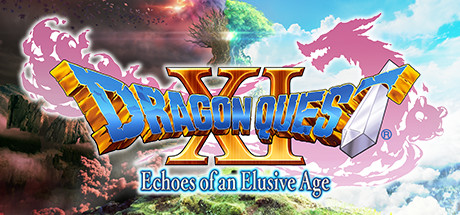
And that's the real challenge: providing gamers with an experience they were expecting, especially in contrast to the native release of the game. They don't want to feel like they're playing a "watered-down" or "westernized" version of the game, but rather the appeal is in the original, unaltered version.
Nintendo has instead developed a process where localization discussions occur as the game is being built and designed. Instead of completely developing the game and then localizing the finished product, Nintendo has a team of localization experts that translate games, create marketing content, film brand videos, and ultimately shepherd the delivery of the games onto American shores.
The idea is that with localization and development happening simultaneously, Nintendo can streamline the process and ensure consistency between both the native and localized versions of the game.
5. ASOS: Simplifying the buying process
ASOS offers the perfect example of a successfully localized eCommerce platform. In fact, ASOS has achieved 149% over the last 5 years solely through digital sales, surpassing even established retailers. All without a single physical store location.
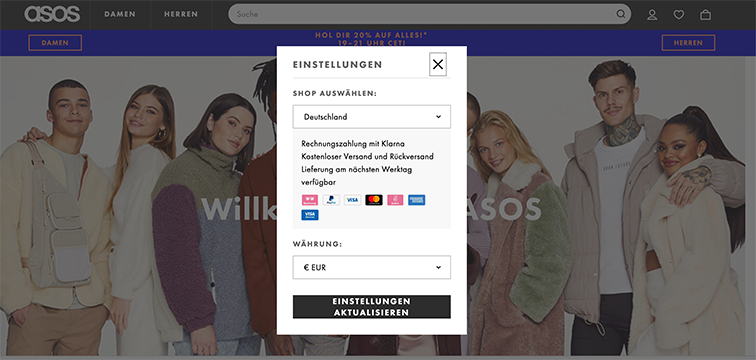
So how did this eCommerce only retailer manage to outpace traditional retailers with an established presence? Their growth can mostly be attributed to localization, with about 60% of sales coming from international buyers.
Of course, ASOS has translated their website and all product information into seven major languages, but also offers 10 different payment methods, accepts 19 currencies, and automatically selects the appropriate language, experience, and currency for each visitor.

The retailer extends their localization efforts into the few physical elements of their experience as well, with unique offers and promotions for each individual region, as well as an optimized shipping experience with a large partner network of international carriers and even localized return solutions like leveraging the LaPoste service for French buyers.
Localization as a competitive advantage
Translation has become that clear competitive advantage. If your brand is looking to successfully enter and grow in new markets in this global economy, you will need to localize your experience for users around the world.
Localization extends far beyond simple translation, and offers brands the chance to reach customers with unique, personalized, authentic and simple experience.








